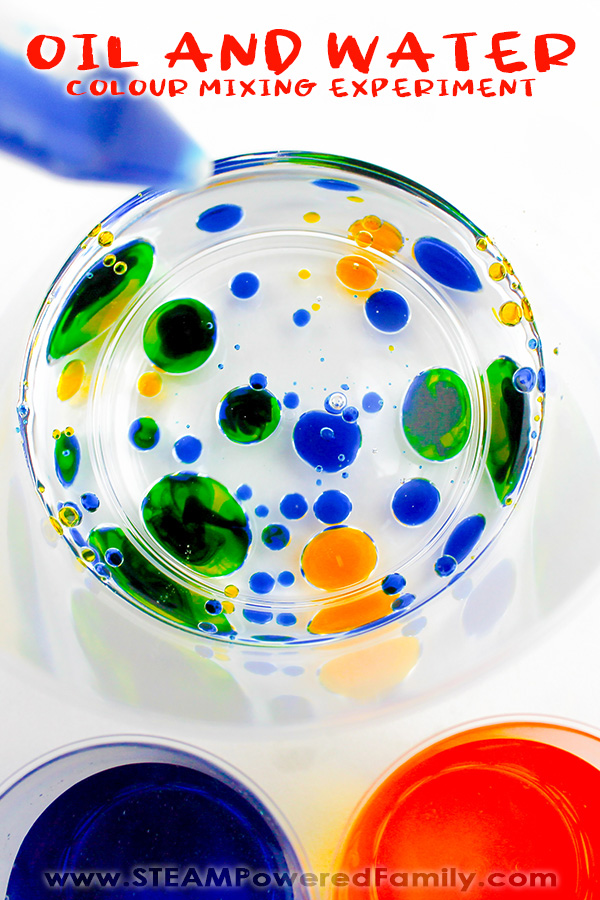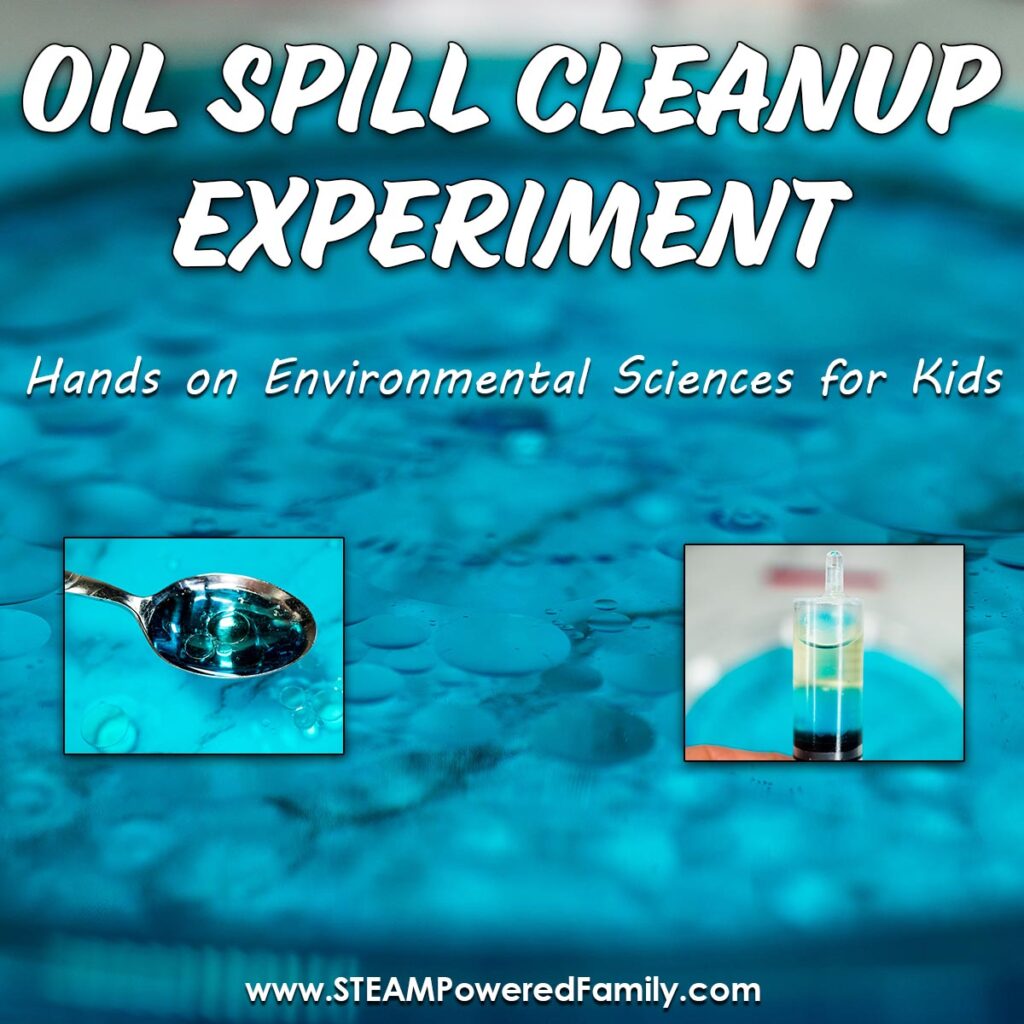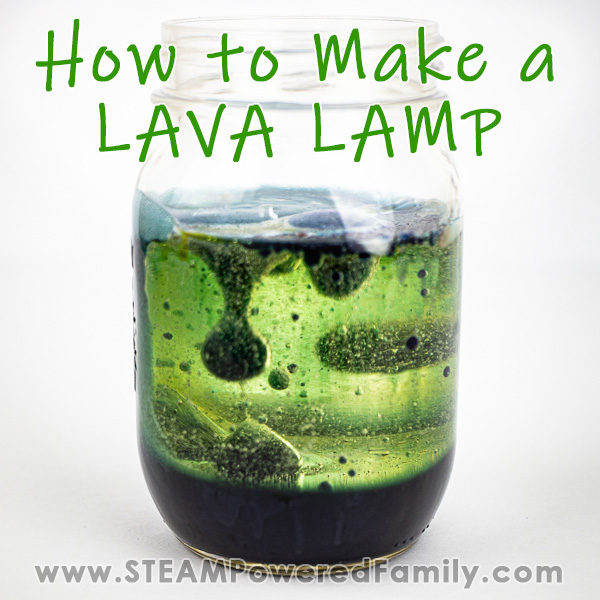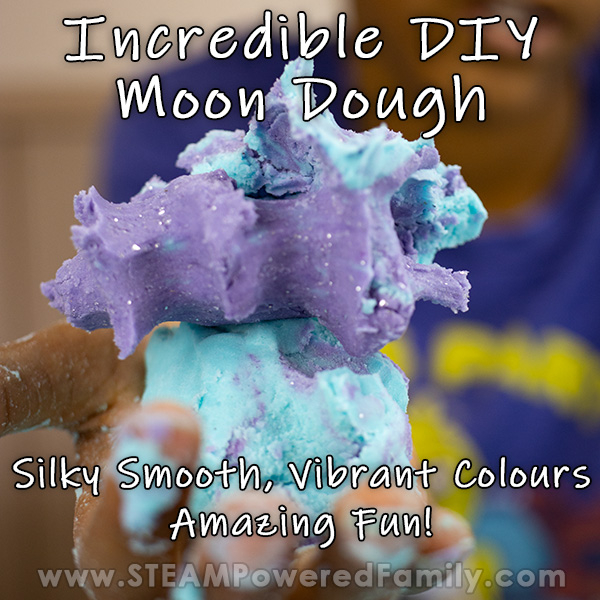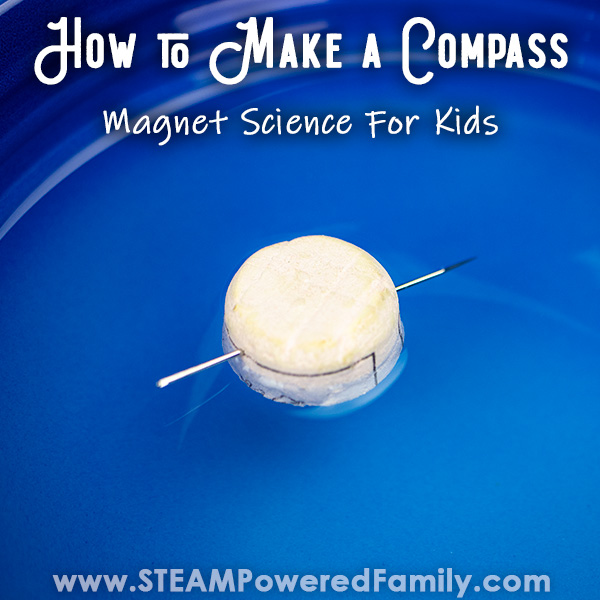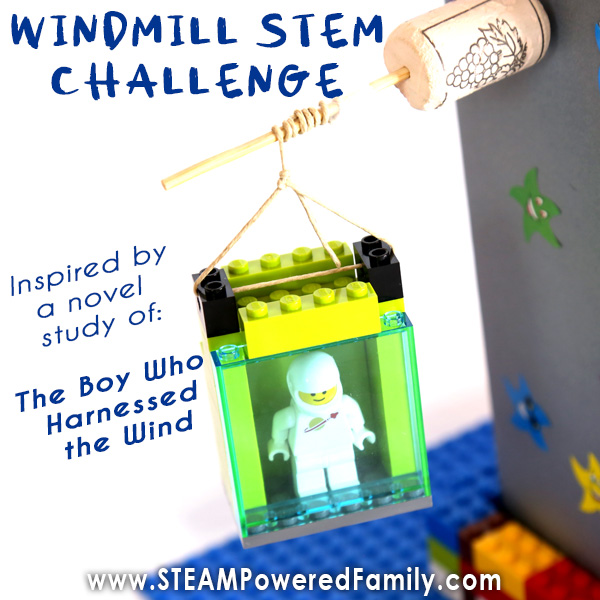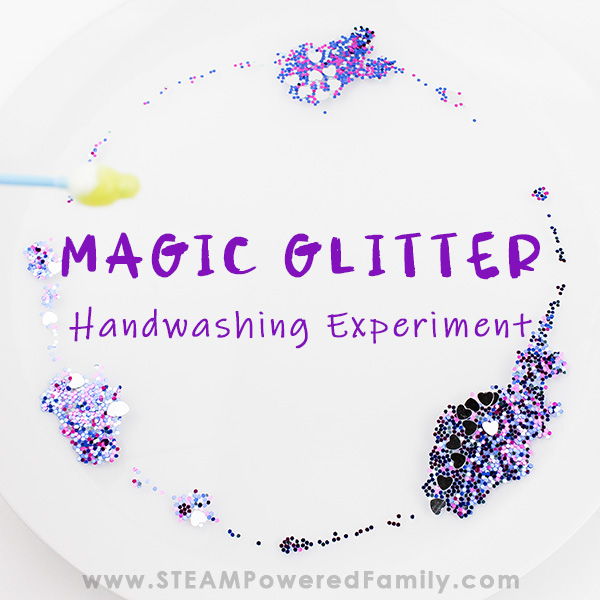Oil and Water Experiment
This simple science experiment explores the properties of oil and water, and teaches colour theory. All in one simple, quick experiment that is perfect preschool and early elementary. Want to power up the learning for older kids? Read on for some extension activities that take this activity to the next level!
Oil and Water Colours Experiment
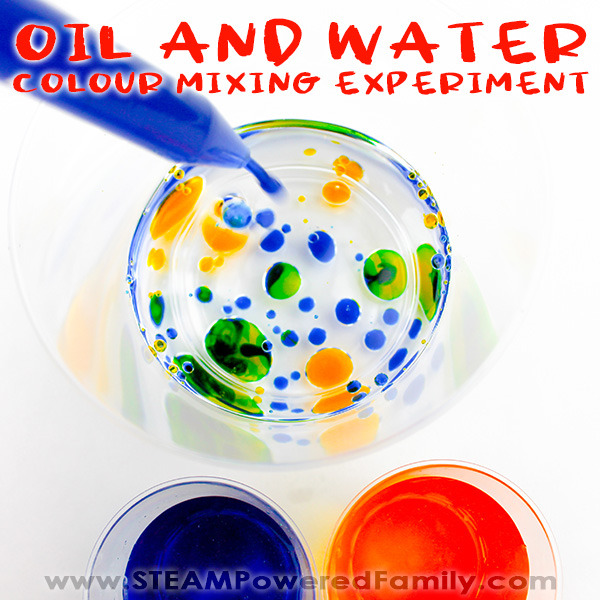
Disclaimer: This article may contain commission or affiliate links. As an Amazon Influencer I earn from qualifying purchases.
Not seeing our videos? Turn off any adblockers to ensure our video feed can be seen. Or visit our YouTube channel to see if the video has been uploaded there. We are slowly uploading our archives. Thanks!
I can still remember as a kid my grandmother saying, “you get on like oil and water!” This was usually in response to the latest squabble I was in with my sister.
From a very early age I knew oil and water don’t mix thanks to these types of comments. But it wasn’t until I was older and got to play with science experiments, or again when I started learning how to cook, that I realized how often we are faced with the fact that oil and water don’t mix.
In this experiment we use the incredible science behind oil and water repelling each other to also learn some colour theory. Adding in the magic of colour mixing takes this simple science experiment from “meh” to “WOW”.
Supplies
The best part about this experiment is that all the supplies are probably sitting in your cupboard right now. All you need is:
- Baby oil (other liquid oils work too, but baby oil is clear)
- Water
- Cup, glass bowl, or petri dish.
- Small cups (3)
- Food coloring (minimum 2 colours, start with primary colours)
- Dropper (like a medicine dropper, pipette or even a syringe)
- Spoons
Directions
Fill the small cups with about 2 to 3 tablespoons of water.
Add 2-3 drops of yellow food colouring to one cup. Mix with a spoon. Then add 2-3 drops of blue food colouring to the other cup. Mix. Leave the third cup with just plain water.
Fill the larger cup/bowl/petro dish about 1 inch deep with baby oil.
Fill the dropper with the coloured water from either cup.
Drop by drop add the the coloured water into the cup of oil.
What happens? Encourage your child to explain what they are seeing.
Now clean the dropper in the clean water cup.
Fill the dropper with the second colour and slowly drop by drop add it to the cup.
What happens?
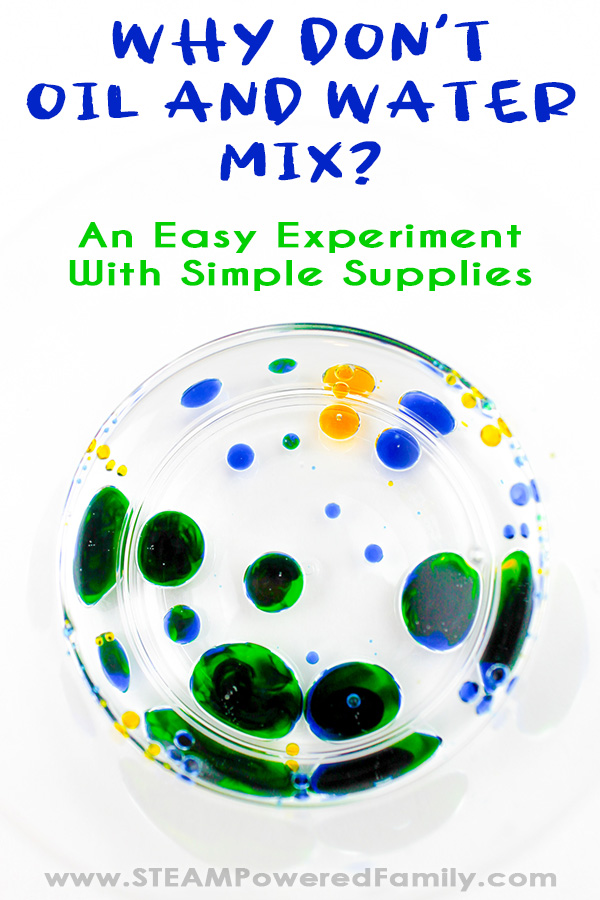
Observations
While doing this experiment the coloured oils will form into bubbles that float on top of the water. The colours will eventually start to mix creating a whole new colour!
That’s why I love this specific experiment for seeing how oil and water mix. You can see that not only do oil and water not mix, but that even when floating in oil, the waters will mix together, creating our new colours.
So cool!
Variations
Next try this experiment with different colours.
- Mix 2 different primary colours to create more secondary colours. Or mix 3 primary colours to create a tertiary colour.
- Mix secondary colours. What colours do you get?
- Play with the saturation of your colours (make it more concentrated by adding more drops or less water), how does that change the resulting colours?
- What happens if you change the temperature of the water?
Emulsions
It is possible to make oil and water mix! This is called an emulsion.
It’s possible to create an unstable emulsion through vigorous shaking or mixing. You can test this by taking your water and oils, and place them in a mason jar. Screw on the lid tightly and shake! What happens? The oil and water mix for a bit, but eventually seperate again. This is called an unstable emulsion.
To get a stable emulsion, you will have to add an emulsifier. An emulsifier is a molecule that has a hydrophobic (non-polar) end and a hydrophilic end. The molecules of the emulsifier will surround tiny droplets of oil, attaching the hydrophobic ends to it and leaving the hydrophilic ends exposed. Doing this makes it possible for the oil to mix with water molecules.
Try adding an emulsifier, like polysorbate 80 and see what happens. You can see emulsifiers at work in our moon dough recipe. We also use emulsifiers in our bath bomb recipes so the colours of the bath bombs mix with the bath water.
The Science – Why don’t oil an water mix?
Water molecules are polar and one end has a slight negative charge, the other a slight positive charge. We explored this in other experiments like Magic Milk.
The polarity means those water molecules can form hydrogen bonds and attach to other molecules that are also polar, this includes other water molecules. It is like little magnets attracting each other.
On the other hand we have oil molecules which are non-polar. This means they can’t form hydrogen bonds with water molecules.
This results in water and oil not mixing and instead bunching together.
When we shake the water and oil mixture you are attempting to emulsify the mixture through a physical process. It breaks down the water bubbles into smaller bits, but this is an unstable emulsification.
To get water and oil to mix in a stable way, we need an emulsifier.
Next Level Oil and Water Experiments
Ready to take this experiment to a new level? Try these activities to dig deeper into the study of oil and water mixing. These are great for older students.
Oil Spill Cleanup Experiment is a great way to explore this concept in a practical way. Cleaning up oil spills in our oceans is a major undertaking. In this activity kids get hands on with this environmental issue.
Build a Homemade Lava Lamp using one of 5 different approaches, including a glow in the dark version.
Make Oil and Water Mix With Emulsifiers – see it in action when we made our special Moon Dough recipe.
